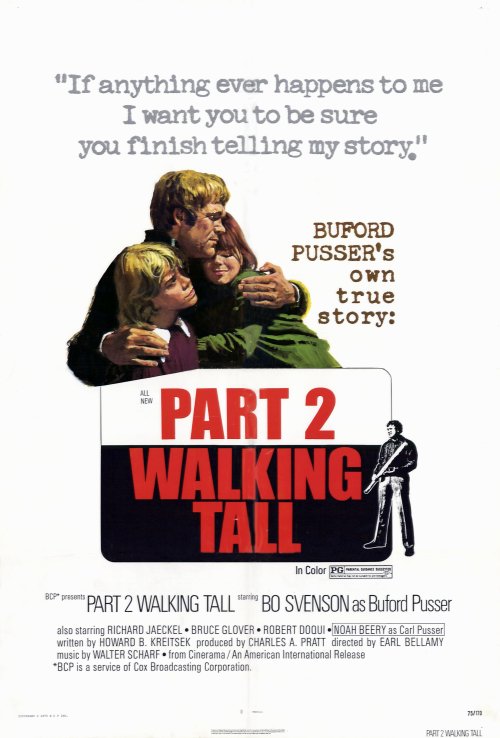 So, this is kind of a weird one.
So, this is kind of a weird one.
If the 1975 film Best Friends is known for anything, it’s probably the poster above. As you can see, it features two women, being watched over by a shadowy group of Native Americans. That tagline reads: “She became the ravaged victim of a century of revenge!”
Now, it’s often said that the above image has absolutely nothing to do with the actual film. That’s actually not quite true. There is a very brief scene where a woman and her boyfriend are at a bar and the boyfriend goads her into doing an impromptu striptease. Sitting in the audience are some glowering American Indians. There is a minor confrontation but otherwise, that’s it. Nobody becomes “the ravaged victim of a century’s revenge.” Instead, it was simply a marketing plot, used to draw audiences to a film that might otherwise have struggled to have been seen.
Perhaps not surprisingly, Best Friends is a Crown International Production.
 As for what Best Friends actually is — well, it’s not easy to say. It’s a very odd and very dark film, one that deals with characters who are ambiguous in more ways than one. It’s one of those films that would be forgotten if it hadn’t, by chance, been included in a few dozen Mill Creek box sets and yet, from what I can tell, it has made an impression on just about everyone who has seen it.
As for what Best Friends actually is — well, it’s not easy to say. It’s a very odd and very dark film, one that deals with characters who are ambiguous in more ways than one. It’s one of those films that would be forgotten if it hadn’t, by chance, been included in a few dozen Mill Creek box sets and yet, from what I can tell, it has made an impression on just about everyone who has seen it.
In many ways, it’s a film that could only have been made in the 1970s. Pat (Doug Chapin) and Jesse (Richard Hatch) served in Vietnam together and have remained close friends in America. Jesse is serious and centered. Pat is wild and impulsive. Jesse has rented an RV and plans to drive across America with his fiancée, Kathy (Susanne Benton). Pat suddenly announces that he’s engaged to and maybe he and Jo Ella (Ann Noland) could join Jesse and Kathy on their trip. Even though Kathy would probably rather not have to share the RV with Pat’s old air force friend and his overly unstable girlfriend, Jesse readily agrees.
Now, I know this all sounds like the setup for a celebration of bromance but Best Friends actually has something else on its mind. From the minute that Jesse and Pat get in that RV, it becomes obvious that they don’t have as much in common as they once did. Jesse has matured. He’s looking forward to the future and he wants to spend his time with Kathy. Pat, however, is still obsessed with the past and wants to spend all of his time with Jesse.
As they drive across the country, Pat’s behavior starts to become more and more obsessive. He cruelly breaks off his engagement with Jo Ella and then appears to be personally insulted when Jesse doesn’t do the same with Kathy. He even buys a motorcycle so that he can ride behind, in front of, or next to the RV, as if the idea of even being inside of Jesse’s domesticated world would contaminate him.
And, since this is a Crown International Picture, Pat isn’t hesitant about using violence to try to keep Jesse and Kathy apart…
So, what is Pat’s problem? A lot of reviewers have suggested that Pat is in love with Jesse and they’re probably right. What’s interesting is that, consider that he’s the film’s nominal hero, Jesse isn’t that sympathetic of character. If anything, he comes across as being a wimp, a guy who says he loves his fiancée but still won’t stand up for her. As the film progresses, Jesse’s inherent impotence becomes both more obvious and more annoying. By the end of the film, after all of the tragedy has played out, you can’t help but feel that Jesse and Pat don’t deserve any better than each other.
Best Friends is a deliberately paced and rather haunting little film. It’s definitely one of the best of the many films to come out of Crown International Pictures.

